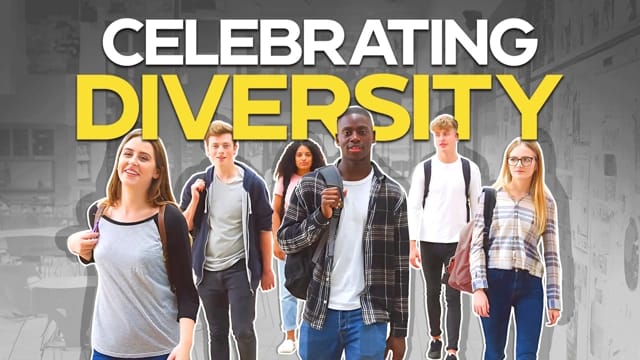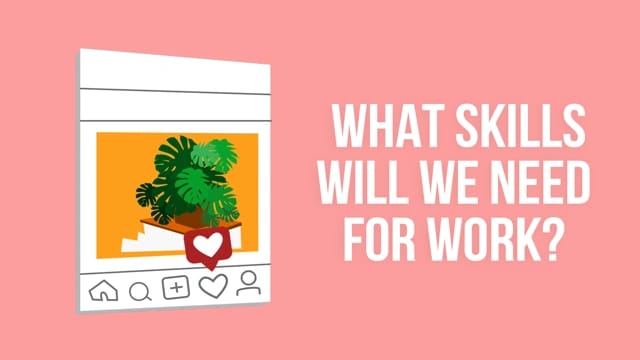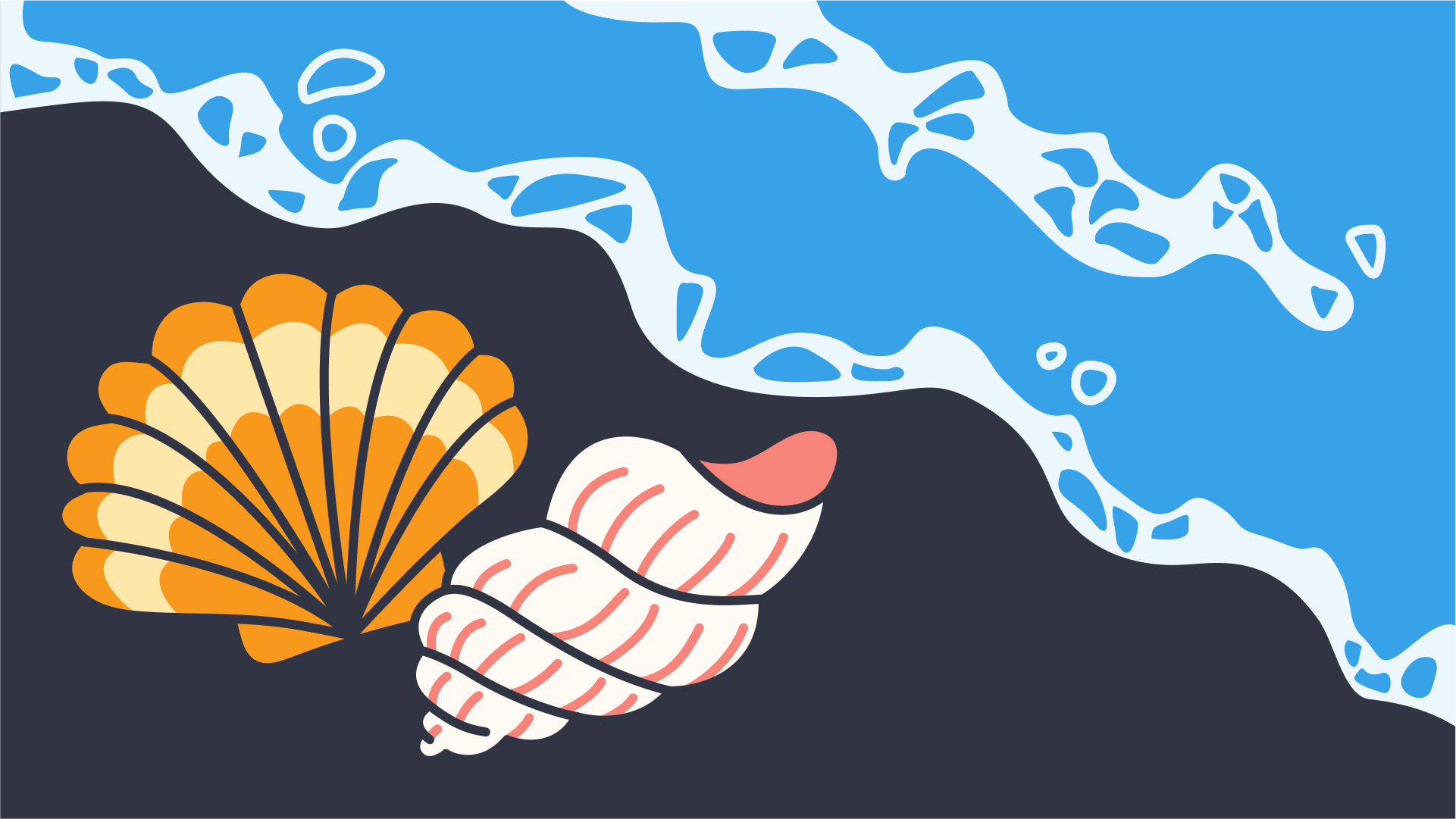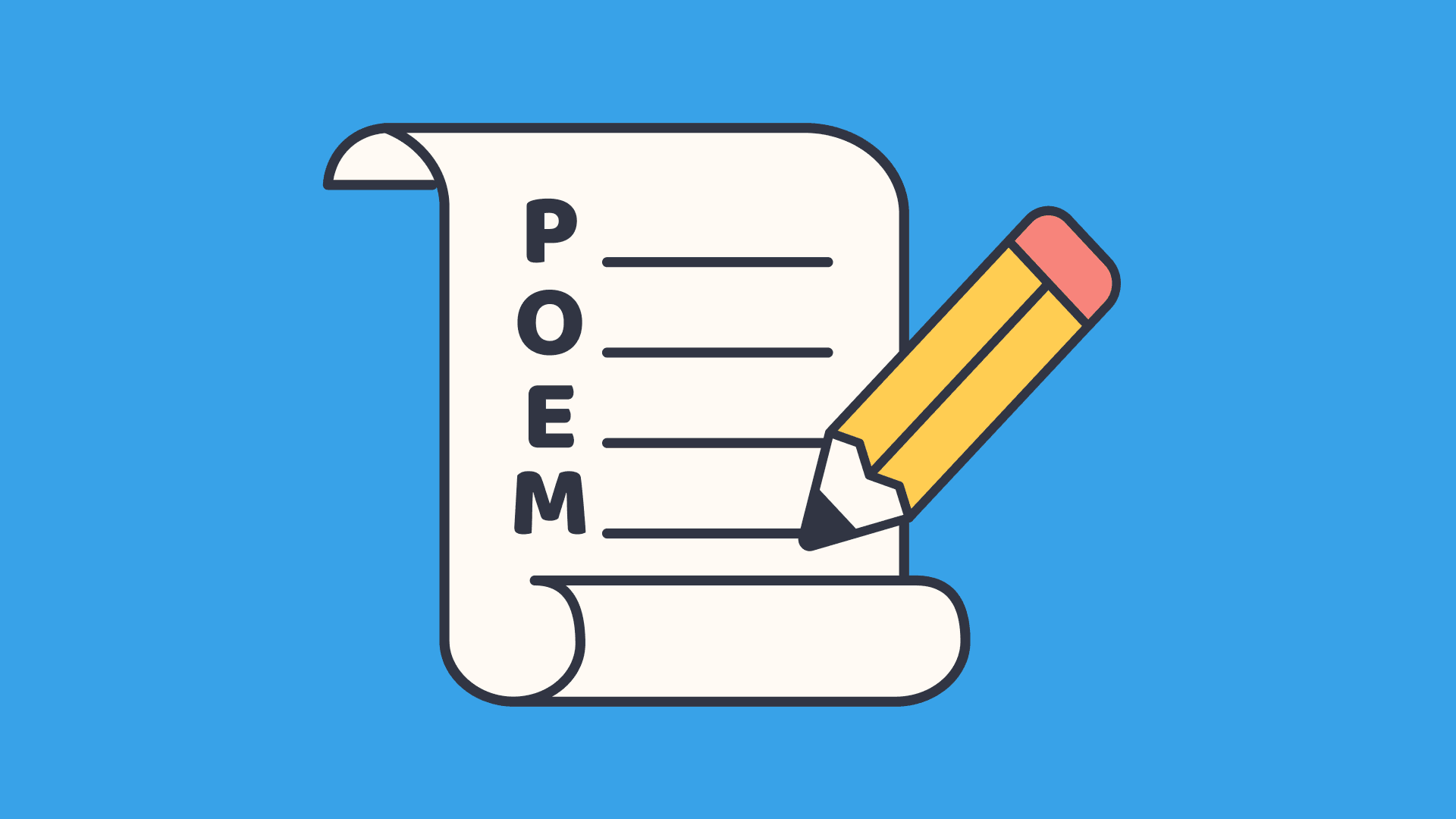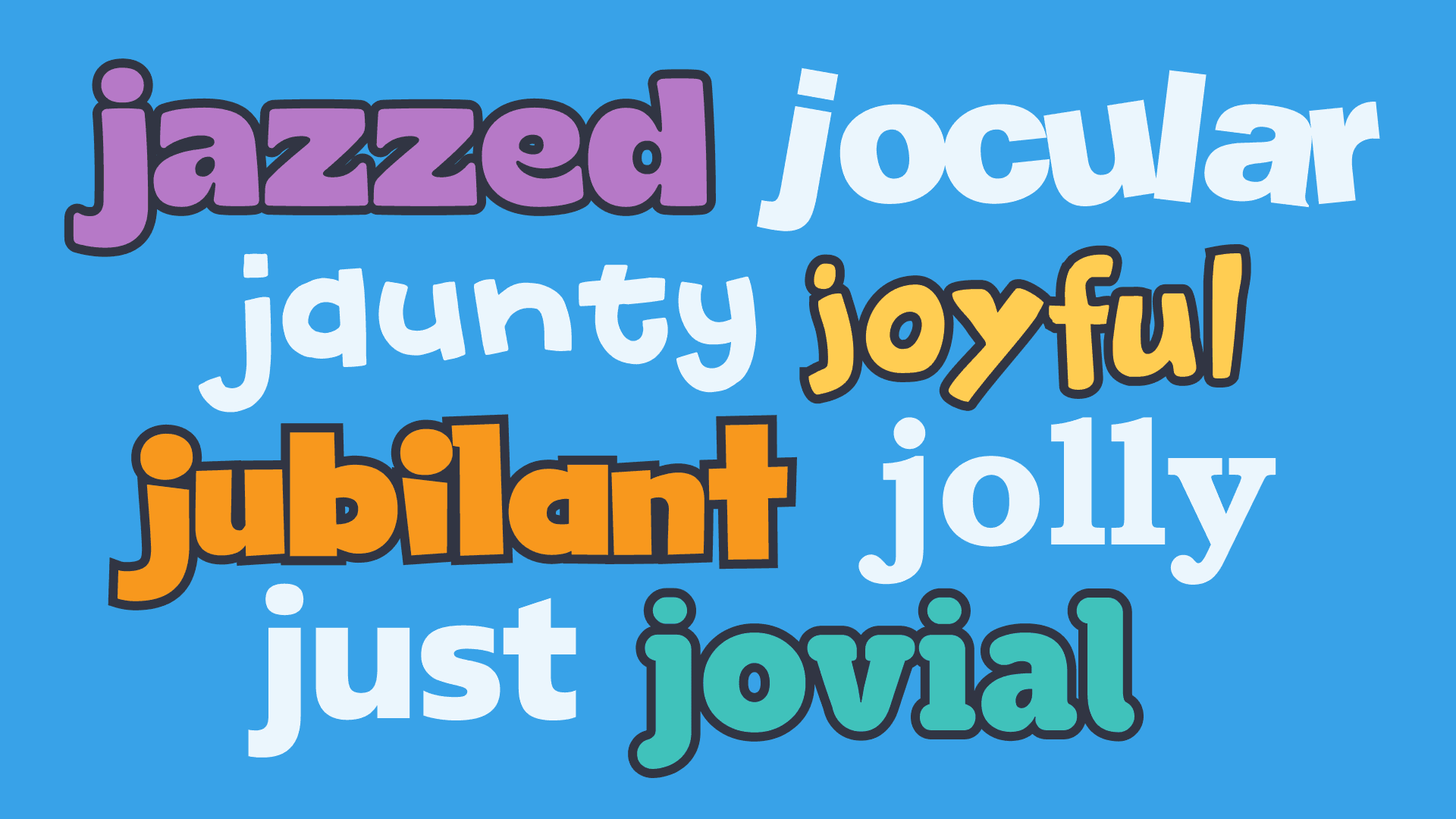Experiential learning meaning and examples for educators
In this guide
What is experiential learning?
I hear, I know. I see, I remember. I do, I understand.
Confucius, Chinese teacher, philosopher, and political theorist, 551-479 BC
From Confucius to John Dewey, educational leaders have promoted the concept of experiential learning for centuries. “Learning by doing” is ingrained in our nature and was the educational model before formal schooling ever existed.
Think about riding a bike, walking, or throwing a ball. I am fairly confident you did not learn those by watching a PowerPoint, filling out a worksheet, or taking a test. While direct instruction and support can help us improve in those areas, practice and literally “going through the motions” cements the long-term procedural memories needed for achieving expertise in a lot of areas of our lives.
Experiential learning provides opportunities to connect theory and knowledge to real-world applications. Individuals take an active role in the learning process and then reflect on those experiences to assess progress and adjust approaches or strategies.
According to Boston University’s Center for Teaching and Learning, experiential learning contains all of the following elements:
- Reflection, critical analysis and synthesis.
- Opportunities for students to take initiative, make decisions, act, and be accountable for the results.
- Opportunities for students to engage intellectually, creatively, emotionally, socially, or physically.
- A hands-on learning experience that includes the possibility to learn from natural consequences, mistakes, and successes.
You could watch endless videos of people surfing online without ever learning how to surf. In experiential learning, you need to grab a board and charge into the waves. It might not be pretty at first but every mistake, success, and observation is moving you closer to mastering that ride. So dive in! (just make sure you know how to swim first…)

How does it benefit students?
Experiential learning provides a variety of benefits to students by creating a more immersive and active environment. This approach is more learner-centric and helps students develop a sense of agency over the intended outcomes.
Anyone who has stepped foot inside a classroom, whether as a teacher or a student, appreciates the role motivation plays in positive learning outcomes. In a review of relevant research in Frontiers in Psychology, the author found that experiential learning increased classroom motivation and engagement.
Other benefits of experiential learning include:
1) Increased empathy
Asking students to take on the perspectives and roles of different individuals or positions allows them to better understand the experience of others. Take a look at some examples of how teachers are promoting empathy in their classrooms.
2) Diversity and cultural competency
Engaging directly with people or groups outside of a student’s own background provides access and appreciation for differences. Cultural Diversity: Respecting Each Other’s Differences is a great way to introduce students to this concept and help them focus on differing perspectives while engaged in experiential learning that involves a variety of groups or individuals.
3) Critical thinking
Experiential learning involves ambiguity that requires students to explore, create, and apply solutions rather than simply remember information.
4) Develop transferable skills
A variety of skills are necessary to successfully navigate experiential learning. Students have the opportunity to practise collaboration, time management, communication, and negotiation skills that can be used in a variety of settings. Show students Skills of the Future to help them understand how experiential learning will give them an advantage when they enter the workforce.
5) Personal insights
Reflection helps students understand their own talents, passions, and values through a practical lens grounded in relevant experiences. Watch Reflection and Guiding Reflection for tips on how to effectively build reflective practices into your classroom routines.
6) Deeper learning
Hands-on experience helps students retain and utilise information more easily. Powerful and engaging activities create an anchor for skills and information to be built upon.
7) Increased student agency
Active learning puts the learner in control and helps shift the traditional role of the teacher. Letting the student step into a leadership position and using the teacher as a support increases ownership over the student’s learning. If you are looking for some powerful strategies to implement in your class that will empower your learners, check out Student Agency.
Experiential learning examples for educators
Creating experiential learning activities can initially feel daunting and overwhelming so it is important to have a plan in place before starting so you do not end up doing more work than the learners in your classroom! If you walk away from the experience feeling exhausted then students were probably not in the right position to succeed.
Start with focusing on your intended learning outcomes and make sure experiential learning is the right approach to use. Then, figure out how you will evaluate the experience so that you can track whether the target goals were met.
Next, design an experience that is challenging but achievable for your students. This might take some trial and error but you know your students’ needs the best so you are in a great position to get started. Be there to provide support along the way but avoid taking on too much control.
Finally, ensure that reflection is built into the design of the experience. Encourage students to self-reflect before providing students with individualised feedback. Provide students with the opportunity to give you feedback as well to help iterate the design for next time.
Understand that it may be messier than traditional structures, but that element is a critical part of the value of experiential learning. Embrace it and model that attitude for your students as they embark on their journey.

1) Class job roles
Assigned job roles like line leader and desk monitor might be common in early year groups but they seem to be phased out as students progress through school. I have found that they work just as well in a secondary school setting.
In my business studies class, for example, students interview for class jobs ranging from videographers to content writers to directors of finance. Their jobs all involve a real client (not just me) at some point to increase the authenticity of their work.
As much as I appreciate the individual skill development students achieve related to their roles, it is their interactions and collaboration that impress me the most. I design the jobs intentionally so that students need to rely on each other to successfully complete projects.
The frustration can be high at times but the beauty is that every moment is part of the learning experience. They are facing the exact challenges that we state that we are preparing them for in their future. As they head into the working world, they will have confidence from prior experience to tackle a range of challenges that come their way.
2) Work experience
Getting your first job when you have no experience is quite an uphill battle. Developing work experience opportunities within a school environment not only provides real-world learning experiences for students but also has the added benefit of building their resumes and networks.
3) Volunteering
If work experience is too difficult to set up or unavailable in your area, try creating projects that require students to work closely or in conjunction with a local business or organisation. Students can get out of the classroom and work on solving real-world problems for an authentic audience.
In my experience, students have a load of valuable skills that are needed by various groups in society. Volunteering time and services makes it easy for a potential community partner to say yes, for students to become active in their local community and for students to gain some brilliant lifelong skills- win-win!
Every year, I have a couple of my photography students donate time to a local non-profit that focuses on youth homelessness. They work directly with the organisation to develop schedules and discuss needs. The services range from headshots for the staff to event photos during fundraisers. Students develop skills and the local community benefits.
Science students at our school are offered the opportunity to collect samples and data in our local wetlands to help monitor pollution and trends in the natural habitat. Real-world experiences and environmental awareness.
Journalism students help write articles for a community magazine on topics from teen mental health to holiday gift ideas. Not only does this look great on a student’s resume but builds real-world skills and experiences.
Volunteering is such an amazing idea to incorporate because it truly is mutually beneficial, students come away with great experience and artefacts for their portfolio and the organisations receive free expertise and potential future employees.

4) School trips
In my experience, students love school trips and teachers tend to hate them. They take an obnoxious amount of time to organise and the stress of something going wrong is constantly present.
That being said, school trips create memories that seem to outlast normal classroom activities. The event may help clarify a concept or simply spark a new interest. Either way, they are incredibly impactful.
Taking a group of language learners into the community to interact with individuals speaking that new language provides meaningful practice and exposure to nuance.
Touring a local historical museum gives students the chance to interact with objects that influenced the lives of others. It gives more meaning to these objects rather than just reading about them in a textbook.
Or, my personal favourite, visit a local business and let students observe workers in action. Inevitably, they will start asking questions and you see them learning what they are interested in rather than simply what is on the ‘test.’
5) Simulations and role-playing
No matter the age, students enjoy stepping into the shoes of another person and having fun experiencing a situation through a new lens. This concept works great for all ages and subjects.
In my history lessons, I form groups of students to pretend that they are a family during the Great Depression. They are tasked with making difficult decisions with limited resources while taking the perspective of a specific family member. The goal is to get them to deeply understand the struggles of that time period instead of simply reading about it.
An activity where students are given a hypothetical amount of money to invest over a period of time creates more buy-in to complete the research and maths necessary to make money. You can try assigning students to take on the role of a character from a novel for an entire lesson.
This is a great way for students to develop greater empathy and build personal connections with the learning material.
References
- Experiential Learning | Center for Teaching & Learning. (2024, July 5). Boston University. Retrieved September 2, 2024, from https://www.bu.edu/ctl/ctl_resource/experiential-learning/#background
- Kong Y. (2021). The Role of Experiential Learning on Students’ Motivation and Classroom Engagement. Frontiers in psychology, 12, 771272. Retrieved September 3, 2024, from https://doi.org/10.3389/fpsyg.2021.771272

Nick Schwab
briefcase iconLearning Experience Designer
Nick combines his background in psychology, education and design to create physical and digital experiences that empower, engage, and excite learners. His passion lies in constantly developing new learning pathways for students that challenge the status quo in education.
Other posts
Want more content like this?
Subscribe for blog updates, monthly video releases, trending topics, and exclusive content delivered straight to your inbox.



